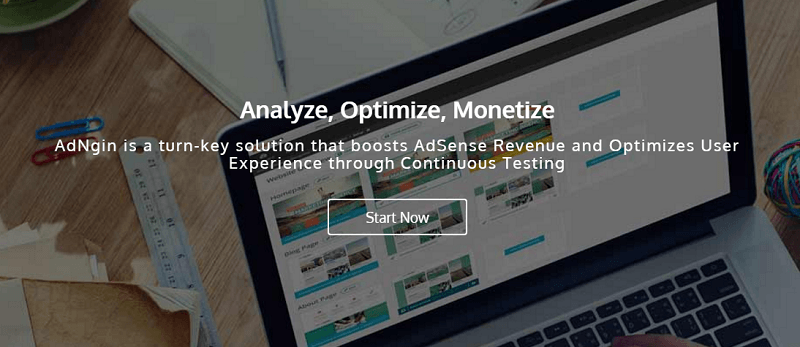Table of Contents
Southeast Asia
Southeast Asia is growing fast, and it is a sure hotspot for B2B gaming tech expansion as many of its countries have young, large populations who use mobiles as their main way of getting online, and that creates strong demand for new casino and betting products. Operators and providers who want to grow in these markets have to offer games that work well on phones, accept many local payment methods, offer local languages and promotions, and conform to changing requirements imposed by regulators.
For B2B, this means that the ability to deploy content quickly and to localize it without huge engineering effort is a big advantage. Long projects to integrate many different game suppliers simply slow down growth. That’s why aggregators are popular. They open up a massive library of content, local payment connectors, and compliance hooks that can enable an operator to try out and scale many ideas at the same time. That is why markets like the Philippines, Indonesia, Thailand and Vietnam are in the sights of content aggregators that are able to offer a fast, solid technical entry to many game studios and suppliers.
Latin America

LatAm is another hotspot that matters for B2B growth because regulation in its significant markets is clarifying and more operators are moving to licensed models, generating demand for trustworthy aggregation partners capable of providing compliant content at scale. Countries such as Brazil, Colombia and Mexico have huge smartphone usage and growing appetites for online sportsbooks and gaming.
When regulators put in place clearer regulations, licensed operators need technical partners capable of providing audit trails, tax reporting, and locally content filters. For suppliers and studios, the region is attractive because player pools are deep and average revenue per user can be high, but the path to success requires local knowledge, regional payment integration, and the capacity to provide many titles quickly. Companies that can bring these needs together into one platform via aggregation reduce time to market for operators and allow game creators to reach several operators via the same connection.
| Drivers | Typical B2B Needs | Notes | |
| Southeast Asia | Strong mobile adoption, varied regulation, and high tourism influence | Fast integration to many games, local payment support, multilingual and localization tools | Markets vary widely by country and require flexible aggregation. |
| Latin America | Growing regulated markets, high smartphone use, and strong revenue potential | Multi-country compliance, broad game libraries, tax and KYC support | Regulation is uneven but becoming clearer in leading markets. |
Speed to Market
One of the most useful technical requirements for operators and platforms is a robust casino api integration that minimizes engineering effort and provides centralized access to game feeds, player information and operational hooks. One well-documented API can provide session management, game launching, balance sync, and reporting endpoints that function across multiple suppliers, saving weeks or months of integration time.
When a market opens or a new promotional opportunity arises, operators with this type of integration can add games and features quickly and securely. Technical stability, well-documented API, sandbox environments and responsive support are the most important features.
Why Aggregators Matter
Aggregators are important in both markets because they allow operators to add numerous games and suppliers via a single connection, and they allow game developers to reach numerous operators without working on many individual integrations. A content aggregator and casino games aggregator make life easier for operators as they take care of technical compatibility, versioning, reporting and certain compliance controls so that operators can concentrate on marketing and player experience.
Aggregation or Individual Approach?
Businesses often face a choice: either make separate deals with many different studios or work with a single aggregator that offers a large portfolio of content. The second option is usually better when a company needs to act quickly and wants a wide variety of content and promotional flexibility. This is especially true in markets where businesses must quickly adapt to new regulations or marketing opportunities. In this way, aggregators act as the essential infrastructure, making it easier for companies to enter and grow in a new market.
Choosing the Right Partner
When choosing a partner, it is important to look beyond product promotion and to ensure real support, uptime guarantees, compliance tooling and local experience. A good partner will bring a rich library of content, transparent service agreements, and local knowledge for payments and licensing.
One such example of an aggregator well-positioned for these needs is Hub88, a casino games aggregator that is designed to give operators and game suppliers a single route to market, as well as handling connectivity and technical complexity.
Choosing a partner such as this can shorten the journey from negotiation to live product because the aggregator handles multiple supplier connections, provides centralized reporting, and offers tools that reduce the amount of custom work each new market requires.
FAQ
Why is a content aggregator the best option for an operator when expanding to a new market?
A content aggregator is the correct option when an operator prioritizes speed and diversity, and where the expense of integrating numerous suppliers individually is greater than that of a single partner.
How do B2B handle compliance in other countries?
B2B address compliance by developing modular controls that can enable or disable features by territory, by providing full audit trails of transactions and gameplay, and by offering KYC and tax reporting plugins that are jurisdictionally relevant.
How important is the developer support and technical documentation when selecting a partner?
Technical documentation and developer support are important as they directly affect how fast an operator can go live and how easy it is to debug issues. Solid API documentation, sample code, sandbox environments, and responsive engineering support reduce integration risk and allow product teams to plan realistic launch timelines.
























